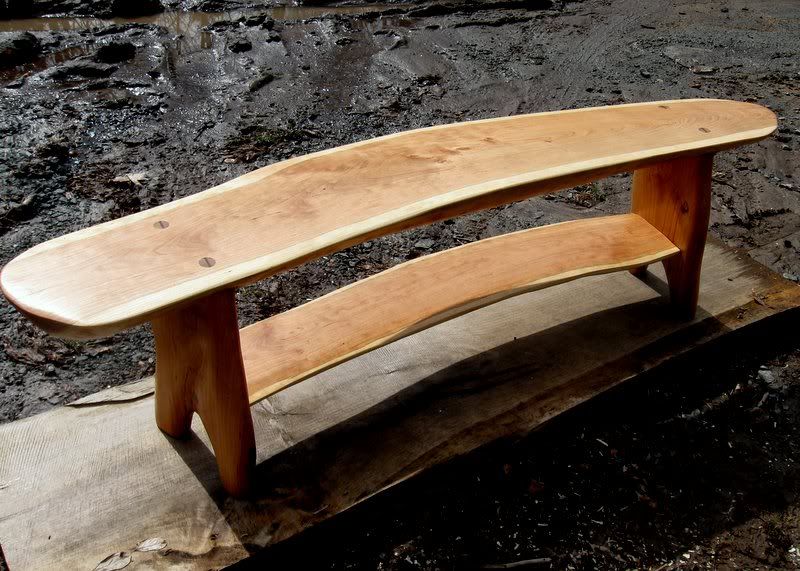I really appreciate the replies gents. I had turned off the dehumidifier about a day or two after Nov. 18. There is only a small check or two on the flat cuts, very small. The end grain is very sound with a small check or three about a 1/4 inch long. It has lightened up quite a bit and will wait till next year down there. The temps stay very constant between 58-65 year round.
Thanks for the experience and info Ax-man, ScottB, Lonewolf, and Rvalue. Aiming to make it look like yours Lonewolf, nice stool. Too bad for that elm bench Ax-man as it really looks nice. How long did it sit outside before you started working it?
I plan on keeping the bark on I guess. I have firewood down there that's been seasoning for about two years, butternut, cherry, ash, and maple. Save for the bark beetle infested cherry the bark on the other is very stable and won't budge so it's looking good for the siberian elm. Mayeb I should take a brass brush to it a couple of times to get off the loose stuff and then coat it in several coats of poly. The end grain of all the firewood that's been stored down there is very stable as well save for the oak.





